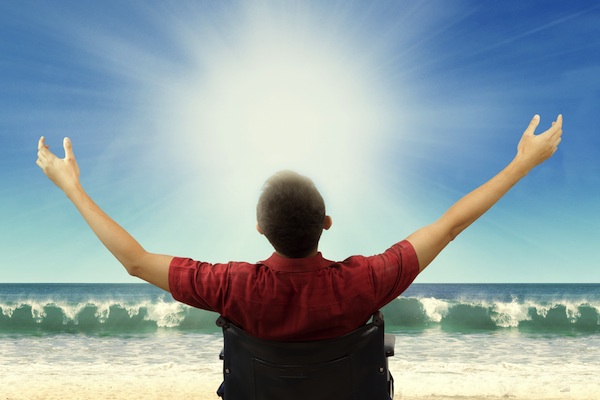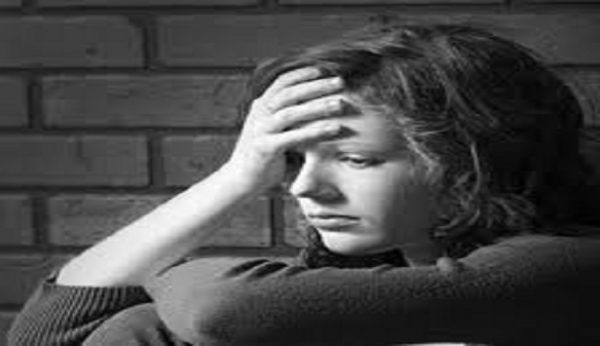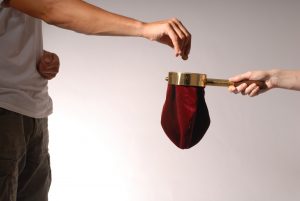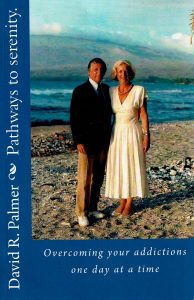Early this summer a friend sent his 30 year-old son to a facility in Colorado for chronic heroin abuse treatment. Within hours of his release from the month-long, $30,000 program, his son got loaded on alcohol and drugs, ended up in a hospital emergency room and then disappeared.
He emerged some weeks later at the Gordon Clinic on the Mexican side of California’s Baja peninsula and was in the middle of a week-long recovery program when he contacted his father with uncharacteristic enthusiasm about his recovery.
Central to the program, he described, is the use of ibogaine, a psychoactive substance, with a variety of healing purposes and a long history.
Research shows that the iboga plant is a small shrub, native to Africa’s Congo River complex, and that the indigenous people of the area, known as the Babongo, have known about iboga for centuries.
A spirit medium
The Babongo, like the French after them, considered it appropriate for a wide range of applications, including spirit medium. Bwiti, a religious organization dominated by bantu groups from the same area, also use ibogain to communicate with the spirit world and as a rite of passage. They have also designated it a sacrament of their church.
I was suspicious but continued my investigation.
According to the Gorden Clinic, Ibogaine’s unique properties in relation to addiction were discovered quite by chance in 1962 by Howard Lotsof, a heroin addict, who was taking ibogaine for its psychoactive properties. In the process, he discovered he had painlessly arrived at a point where he was indifferent towards the drug, heroin, that had formed the basis of his existence some hours earlier.
Lotsof dedicated most of his remaining life, according to the clinic, to promoting and refining ibogaine’s use, and the Manual for Ibogaine Therapy that he wrote with Boaz Wachtel remains the standard text.
Precisely how ibogaine works is not clear. What is known, according to my research, is that it changes the balance of neurotransmitters, which are chemicals responsible for passing information from the brain to the rest of the body. Gordon says it acts much like a reset button, that returns the receptors in the brain to the way they once were, at a time before drugs – a development that is often referred to as rebirth. It also blocks the feedback loops, that reinforce dependencies.
Ibogaine’s impact is enhanced by the way in which it is metabolized in the liver, a process that converts it into its longer acting relative noribogaine. It is this noribogaine that is responsible for stopping on-going cravings
The Gordon Clinic was established with one aim – to optimize the ibogaine experience in the treatment of addictions.
What I needed now to continue my research was someone who had been through the Gordon clinic, and in my search, I came across the name of Trevor Millar, writing under the name, “Jesua.” Millar, who can be reached on his “Liberty Root” web site and went through the program at Gordon. This is a summary of his ten page paper on his journey to sobriety.
Miller begins
“I kept my job at the barbershop for 18 months,” Millar begins, “shooting dope in the bathroom throughout the day, and I still burned through $28,000 worth of savings. I got pretty desperate, trying numerous times to quit, failing ‘cold turkey,’ tapering off, Suboxone, Methadone, rehab, AA/NA, tough love and the rest of the institutional BS.
“I spent days online researching methods, eventually coming to a house administering a plant root known as Tabernanthe Iboga, and I called them (Gordon Clinic). I read that Iboga or Ibogaine was effective against addiction, depression, and was championed specifically against opiates.
“I remembered hearing about Ibogaine years ago in reference to another therapy house set up on the Sunshine Coast. Marc Emery had a site there, and he’d been treating addicts without cost, using profits from his seed enterprise. He’d seen Ibogaine work for his own son, who’d been using heroin three years and the results basically blew his mind.
“I meet Tarquin (one of the Ibogaine providers at the House) over the phone. We discuss my situation. I explain that I am desperate and in trouble. He’s factual, kind, understanding. I get a zero BS vibe from him pretty quickly as well.” Millar shows up at Gordon, enters the program and the following is a diary of the process.
Recovery begins
First Day: “We see a doctor. She uses tables and charts to prescribe us pilled morphine to placate us from injecting our dope to swallowing it. We are shown inside to our rooms and told about the coming days, the available facilities and the hot tub. We get to know our hosts, and we take our morphine pills and settle in.
Second day: “We wake up, have breakfast and are instructed to wait for withdrawals. It’s been 11 hours since my last opiate. Early symptoms come from returning histamines (runny noses, uncontrollable yawning, wet eyes, malaise) and the House prepares our “test dose” to introduce the Iboagine. That night a male nurse arrives covered in tattoos and blonde highlights, and I swallow the last of my morphine pills.
Third day: We are given five times the measure of medicine as yesterday, enough to level us anywhere from 12 to 36 hours. It is known as the flood dose. We take anti-nauseants to counteract the mama birds and I try to relax. Tarquin comes into the dark room, trailed by fragrant purple smoke. He smudges Emmet and me, Gio and then himself, ridding the place of bad spirits. Somehow it eases me a bit. I don’t know what I think about spirits, but I dig the gesture. The nurse is there to take our vitals, and we start swallowing gels.
Fourth day: “Gio is in my room every 15 minutes with pills and coconut water. At one point it feels like I’ve taken 16, maybe 20. Then he hands me more. We are warned against sitting up, but I do it anyway. I lift my sleeping mask off my eyes and look into the heavens. I am already feeling the beginning of the pills. Those are the last of ‘em mate, you’re all done. I quietly thank Jehovah and lay down. But Gio comes back 20 minutes later with two more capsules, “just to make sure.” I remember that there was someone watching over me all night, and the nurse came and gently took my pulse literally every 15 minutes for the duration I was out. It was gentle and reassuring.
Dazed but at peace
Fifth day: “I open my eyes to bright light. I feel like I haven’t pooed in weeks and I probably haven’t. There are bright white tracers coming off the doorknob, corners of the window, my hands. I am still pretty dusted. Walking takes concentration, but it’s more doable than before. Sickness and pain are gone except minor aches in my back. I feel dazed, but at peace. How long was I out? I eat butter and honey toast all day to try to regain strength.”
Sixth day: “Things move slowly now. There isn’t much sleep. I try to write, but find I am too weak to sit up at the table. It strikes me that I haven’t had a cigarette in five days. I do not want one, maybe ever again. I’d quit without even realizing. I keep repeating to Gio, “Jesus, why am I so weak, why do I feel like this?” He says to me, “It’s from the great big heroin habit you came in here with mate.” And I’d say, “Ooh right…I’d forgotten.” “Music is starting to sound good again today.
Seventh day: “I lay around, recover and relax. At this point, I can’t imagine doing much else but giving my body chance to repair itself. We hit the hot tub. My muscles and bones are sore. I am still so weak that I just float. I feel early tingles of what I think is my libido attempting to return. After one week, the medicine has run its course. I feel zero sickness, or withdrawal symptoms. I also feel no urge whatever to touch heroin. This is the first in a long time.
“I am told my weakness is due to fried endorphins. I am told it will get better slowly, and that I can go home the next day if I would like to. I would.
“Basically I came to that House in pale shambles. I wouldn’t call Ibogaine easy, but I would call it a superior way to deal with an addiction. I walked away from that experience clean. And though I risk sounding schmaltzy, I left that house an entirely different person, without a crutch. No methadone and no Suboxone. No shame, zero guilt. I felt like a better version of myself. I came to that house empty and left with rosy cheeks and my imagination returned to me. For the first time in years, I loved music again.
I asked my friend whose son had gone through the treatment, and he told me his son said he was off heroin and that the experience was “transformational.”
“He saw God,” my friend said, “and He spoke to my son about death and about living a full life.
“Not bad for an atheist/agnostic,” my friend said.





would like information on a positive recovery center like the one described here,yhank you